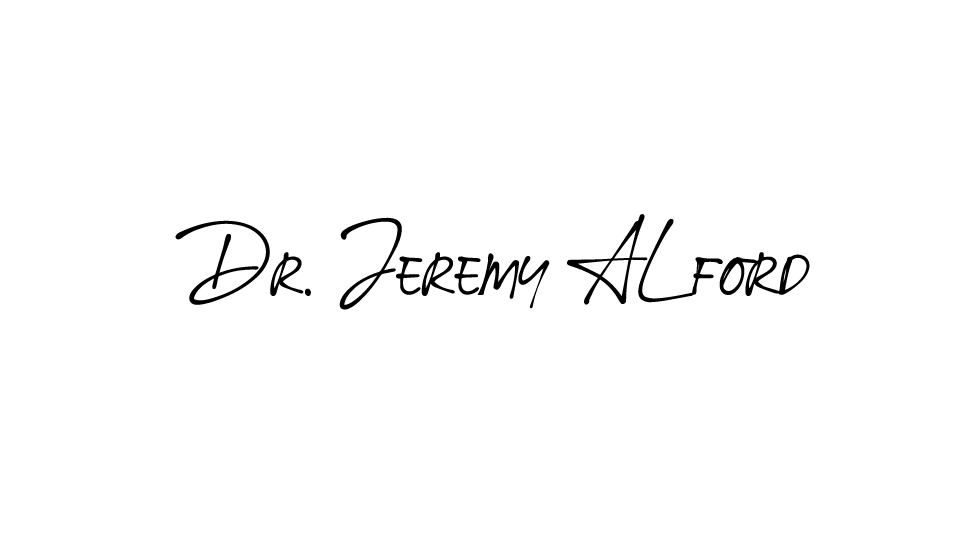“What If I’m Doing the Wrong Thing?”
Imagine for a moment that you are about to send an email. It’s not even a controversial one — just confirming a meeting time. But suddenly, your chest tightens. You hover over the “Send” button.
What if this comes across the wrong way? What if I forgot something? What if I regret sending this later? Maybe I should read it one more time…
If this feels familiar, you’re not alone. For many people living with Obsessive Compulsive Disorder (OCD), the fear isn’t about germs or symmetry. It’s about not knowing whether they’re doing the right thing.
The Doubt That Never Ends
This type of OCD is often called moral or existential OCD. It shows up like an internal whisper (or sometimes a scream):
“Are you sure this is right? Are you absolutely certain?”
The trouble is, life rarely gives us certainty. But OCD doesn’t accept that. It demands guarantees — and when it doesn’t get them, it drives people to:
Overthink decisions
Re-analyze conversations
Seek constant reassurance
Avoid making choices altogether
It’s like trying to walk forward while your mind yanks on your sleeve saying, “Wait! Let’s just double-check…”
OCD’s Sneaky Trick
What makes this kind of OCD so hard to spot is that it feels responsible. You may think:
“I’m just being careful.”
“I want to do the right thing.”
“I’m trying to be a good person.”
And of course, these are good values. But OCD hijacks them. It turns your inner moral compass into a spinning wheel. Instead of helping you move forward with integrity, it traps you in mental quicksand.
So — what can you do?
5 Tools to Break the Cycle of Doubt
1. Write the Scary Story (on Purpose)
It sounds odd, but facing the fear head-on is how you shrink it.
Write a short paragraph that includes the worst-case scenario:
“Maybe I made the wrong choice. Maybe people will get hurt. Maybe I’ll never feel sure. And maybe I’ll just have to live with that.”
Then read it daily. Let your brain learn that you can survive doubt.
2. Make the Decision Anyway
One powerful practice is called ERP — Exposure and Response Prevention.
It means:
Exposing yourself to the thing that triggers the OCD
Not doing the usual compulsions (like rechecking or asking for reassurance)
So if you’re stuck on a decision, practice saying:
“I’m not 100% sure, but I’m moving forward anyway.”
Over time, this builds tolerance to uncertainty — and that’s the true superpower.
3. Act From Your Values, Not Your Anxiety
Instead of asking, “What’s the right thing to do?” ask:
“What would someone who values honesty/kindness/courage do right now?”
This comes from a therapy called Acceptance and Commitment Therapy (ACT). It helps you live a meaningful life — not a perfect one.
4. Name the OCD Voice
When that loop starts — “Was that the right choice? What if I’m wrong?” — try saying:
“Ah, this is the OCD talking. It’s doing its thing again.”
This little move creates distance. It helps you see the thought as a mental event — not a command you have to obey.
5. Stop Feeding the Reassurance Monster
It’s tempting to ask friends, Google, or even yourself:
“Do you think I did the right thing?”
“Are you sure I didn’t mess up?”
But reassurance is like junk food for OCD — it feels good for a moment, then leaves you hungrier.
Try going one day without asking. Notice the anxiety rise and fall — and let it pass. You’re stronger than you think.
Final Thought
OCD wants you to live in the land of What If. But life happens in the land of What Is.
You don’t need perfect certainty to make meaningful choices. You need courage. And practice. And sometimes a bit of support.
So next time the voice says “Are you sure you’re doing the right thing?” — try answering:
“Maybe not. And that’s okay. I’m still moving forward.”
If this resonated with you or someone you love, know that help is available. OCD is treatable, and you don’t have to navigate the doubt alone.
I’m here for you. Let’s talk.



